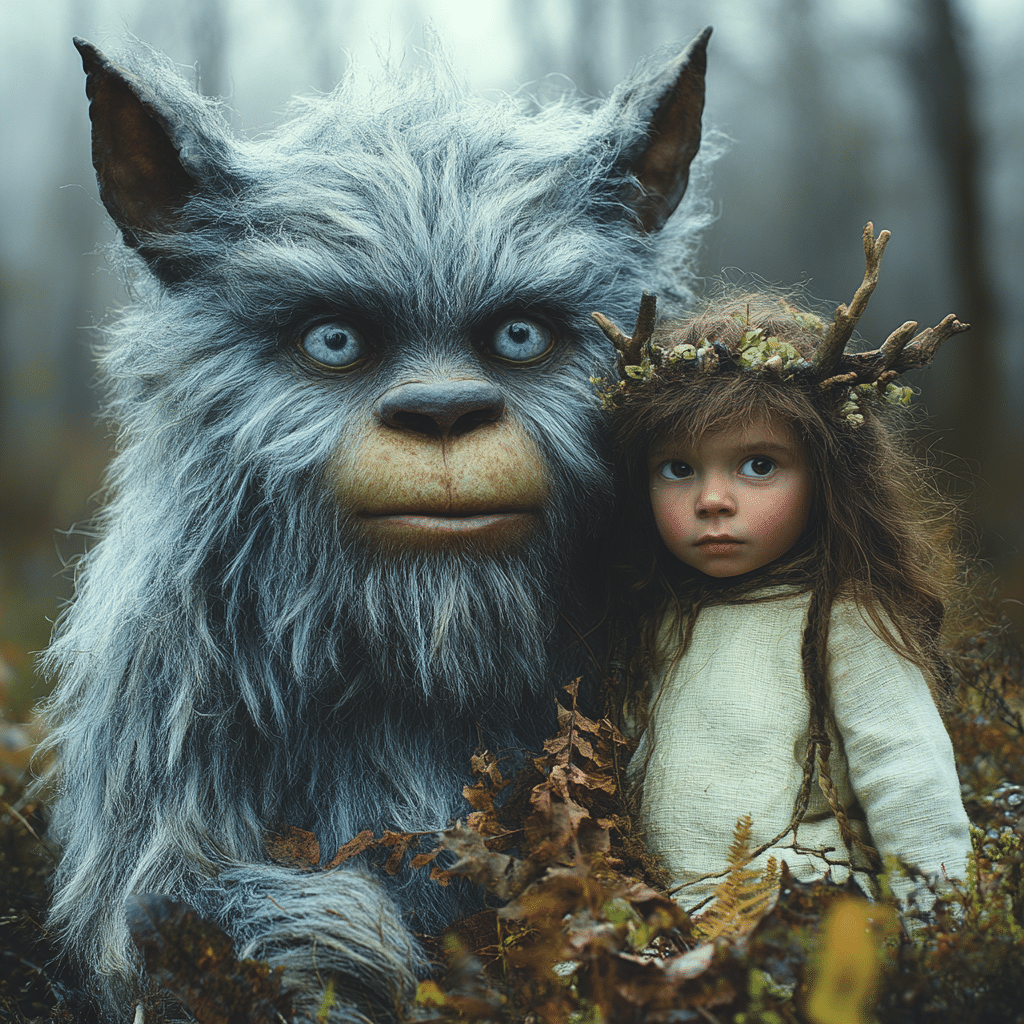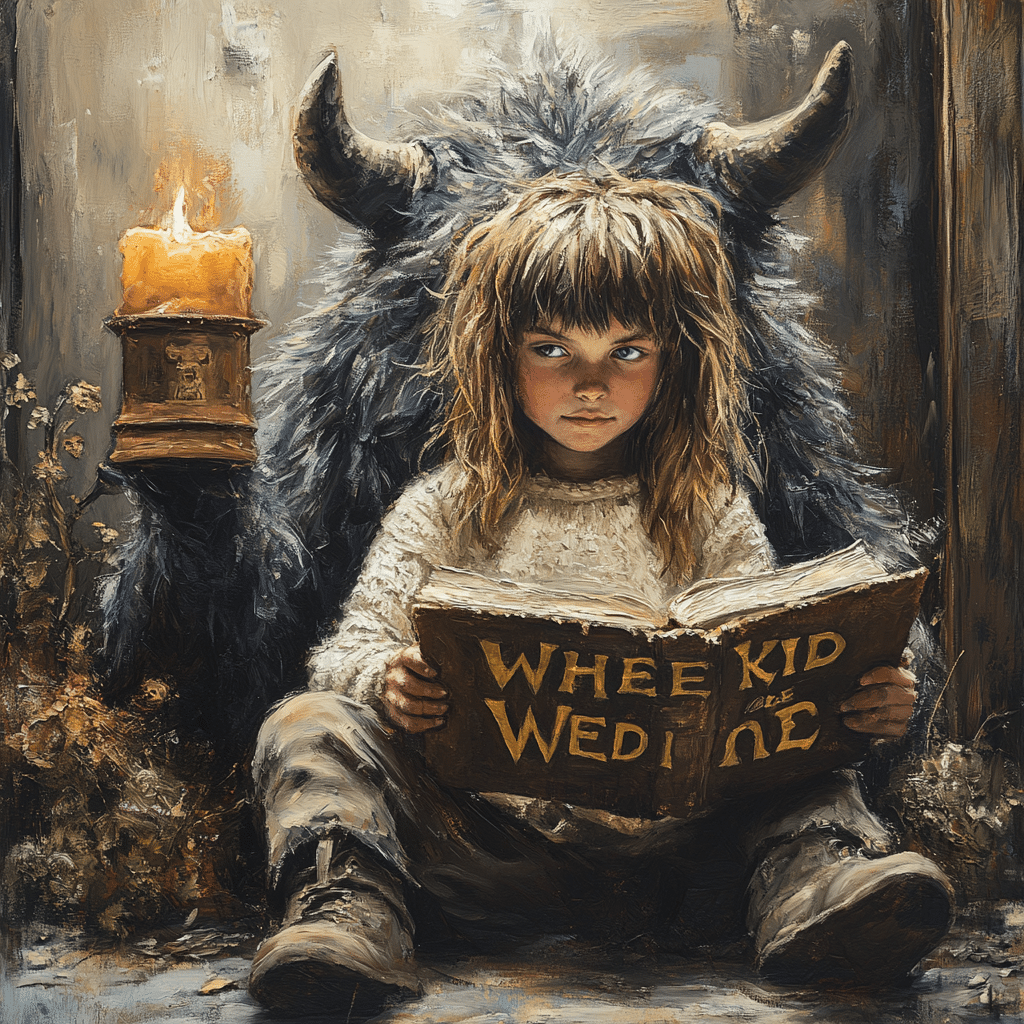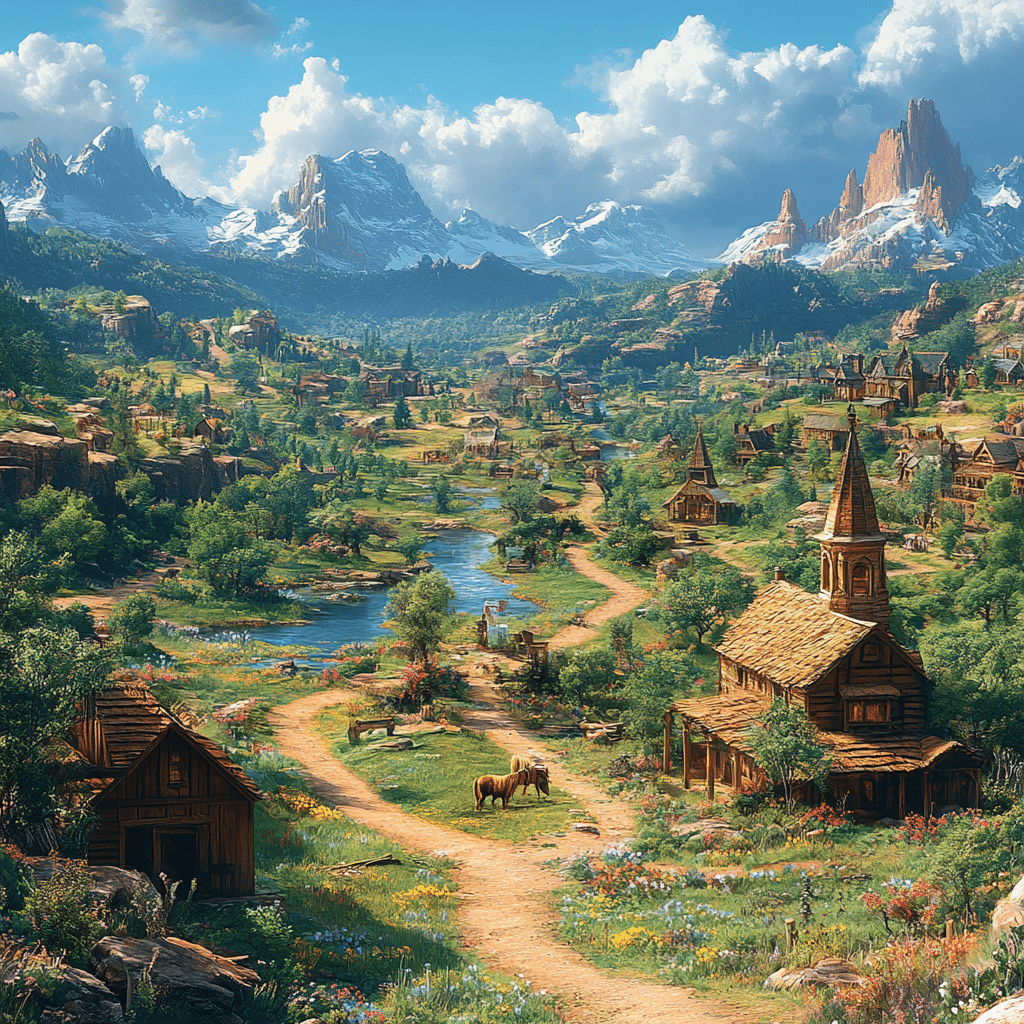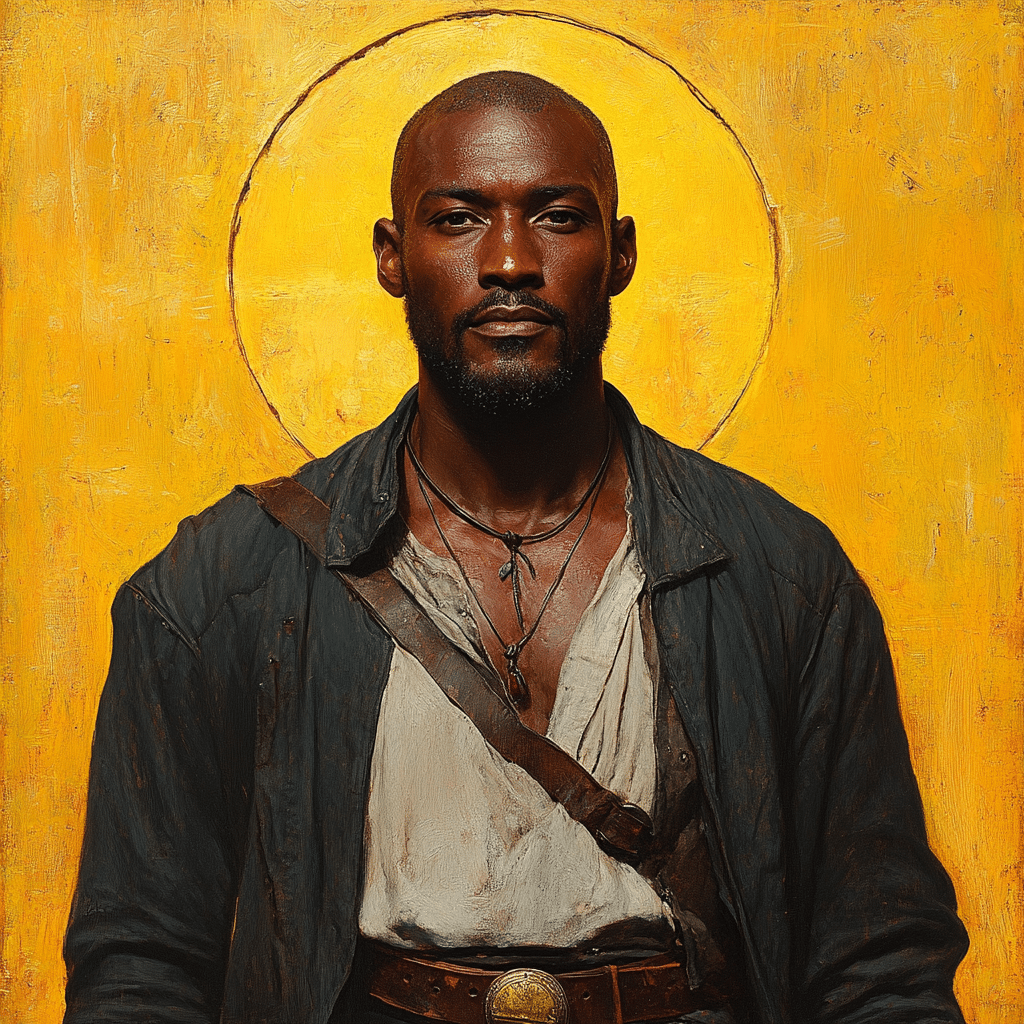Maurice Sendak’s Where the Wild Things Are Book has captured the hearts of children and adults alike since it first graced the shelves in 1963. This delightful tale is not merely a story but a journey into the realm of imagination and emotion. Through its unique storytelling and striking illustrations, the book resonates with its young readers, inspiring creativity and challenging them to explore their inner worlds. Here, we take a closer look at five compelling reasons why this classic continues to enchant generations.
Top 5 Reasons Why the Where the Wild Things Are Book Continues to Enchant Generations
Max, the book’s intrepid protagonist, embodies every child’s innate desire for adventure. When he dons his wolf costume and sails to the land of the ‘wild things,’ he represents a universal theme: the exploration of emotions and the quest for freedom. This journey isn’t simply a whimsical flight; it encourages kids to confront anger and frustration, evoking powerful emotions that resonate with their own experiences.
The illustrations in the Where the Wild Things Are Book play a pivotal role in capturing the attention of young readers. Sendak’s wild things are unlike any creatures seen before; they’re intricately detailed and vividly expressive. These captivating images do more than complement the text—they ignite imaginative sparks, allowing kids to visualize their adventures and engage with the narrative on a deeper level.
The themes in Where the Wild Things Are transcend time and age. Modern parenting issues, such as managing emotions and setting boundaries, haven’t changed much since the book was first published. Today’s parents are passing this beloved story down to their children, forging lasting memories rooted in shared experiences. The book’s unique ability to resonate with readers of all ages ensures it remains a treasured classic.
Beneath the surface, the Where the Wild Things Are Book offers profound symbolism. Max’s journey serves as a metaphor for childhood growth—representing the transition from fantasy to reality. Educators frequently employ this story to teach literary devices and deepen students’ emotional comprehension, nurturing their understanding of storytelling’s intricacies.
The cultural implications of Sendak’s tale are immense. Its influence extends beyond children’s literature, shaping film, theater, and the arts. The 2009 film adaptation directed by Spike Jonze breathed new life into the story, attracting a fresh audience. Discussions surrounding these adaptations allow deeper analysis of the original themes, illustrating how much this classic resonates even in contemporary culture.

Exploring the Educational Benefits of the Where the Wild Things Are Book
The educational importance of Where the Wild Things Are is exceptional, making it a staple in early childhood education. This isn’t just a book for entertainment; it serves as a robust teaching tool. Let’s explore a few notable educational benefits:
The rhythmic, enchanting language within the Where the Wild Things Are Book captures young imaginations, promoting organic language growth. As children dive into the narrative’s cadence, they find themselves naturally expanding their vocabulary. This lively use of language empowers kids, stimulating their linguistic development.
Themes of rage, loneliness, and eventual reconciliation in the narrative provide fertile ground for discussions about feelings. Educators utilize this book to foster conversations around emotions, helping children navigate their feelings with greater understanding and empathy. This approach underscores the importance of nurturing emotional intelligence in young readers.
Analyzing Max’s choices encourages kids to consider the broader implications of actions—like consequences and conflict resolution. This not only boosts their critical thinking skills but also prepares them for real-life scenarios, equipping them with essential problem-solving techniques.
The Legacy of Where the Wild Things Are Book: Sustaining Its Relevance
As we move further into a tech-driven era, the allure of Where the Wild Things Are remains as strong as ever. Its simple yet impactful narrative structure leaves ample room for interpretation and discussion. Publishers and educators are now leveraging digital platforms to evolve the classic story. Interactive e-books and apps emerge, retaining the book’s core while appealing to tech-savvy youths.
This technological evolution ensures that the values of Sendak’s work continue to be relevant, merging traditional storytelling with modern conveniences. The book effectively invites children into an enchanted world while simultaneously adapting to the times.

Embracing the Wild Side: The Continuing Journey
Where the Wild Things Are offers a shining example of how a children’s book can transcend its pages. It inspires creativity, evokes deep emotions, and imparts invaluable life lessons. The ongoing productions and educational approaches surrounding Sendak’s masterpiece promise to resonate with many more young readers for years to come.
Through its captivating storytelling and rich emotional landscape, the Where the Wild Things Are Book remains an icon—inviting children to explore their own wilderness. This exploration is crucial because each encounter leads to personal growth. In a landscape filled with distractions, Sendak’s timeless treasure provides a moment of magic that every young reader should experience.
Where the Wild Things Are Book Captivates Young Readers
A Journey Into Imagination
The Where the Wild Things Are book, written and illustrated by Maurice Sendak, has enchanted children and adults alike since its release in 1963. Did you know that Sendak was inspired by his own childhood experiences? He often felt like an outsider, which is a theme that resonates in Max’s journey to a land filled with monstrous yet relatable characters. This magical blend of whimsy and reality encourages kids to embrace their imaginations. Speaking of imaginative encounters, there’s a delightful parallel with how some people view life as a Galavanting adventure, reminding us that exploration is at the heart of growth.
Fun Facts about Max and His Wild Friends
Another fascinating tidbit is that the original title was Where the Wild Horses Are. However, Sendak changed it upon realizing he couldn’t adequately illustrate horses. Instead, he introduced the iconic Wild Things, who embody exaggerated emotions that many kids experience. If you think about it, the way these creatures pop into existence mirrors that sentence where an idea suddenly manifests into clarity—you know, like the kind of insights a Transformative speaking mentor might provide. This playful narrative choice really invites readers to question their own feelings and fears.
The Cultural Impact
Over the decades, Where the Wild Things Are has had a massive cultural impact, inspiring adaptations in various forms such as theater and film. The celebrated 2009 film adaptation brought a new generation into Max’s world, much like how the crowd swoons over the Footloose 2011 cast and their energetic performances. The story isn’t just a simple tale; it’s a deep dive into childhood and what it means to face emotions head-on. It’s like when you’re belting out the I Can Only Imagine Lyrics—a reminder of how powerful stories can resonate with our experiences. Whether you love or Didn ’ t care for the book, it undeniably contributes to childhood literacy and emotional development, appealing universally to young readers.
This beloved tale proves that adventures start with a little imagination, and maybe a wild rumpus isn’t such a bad thing after all!

















